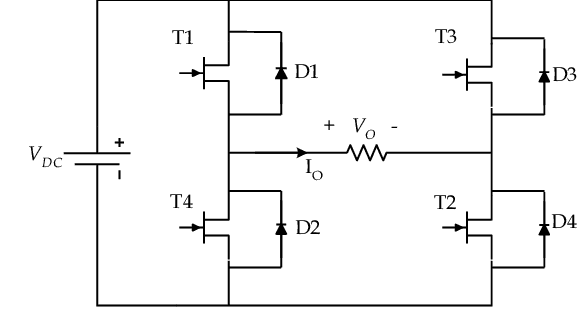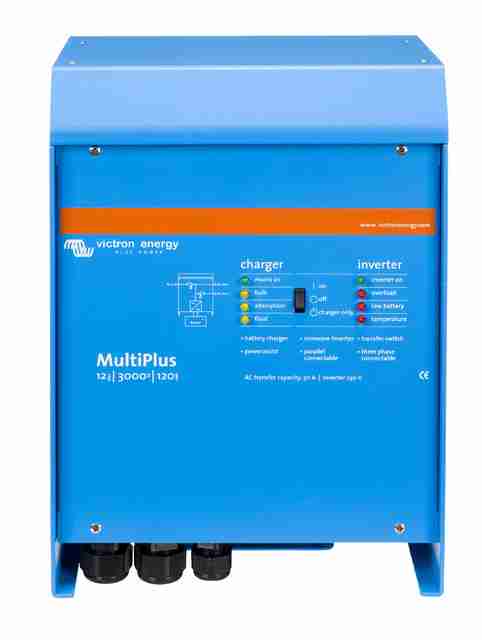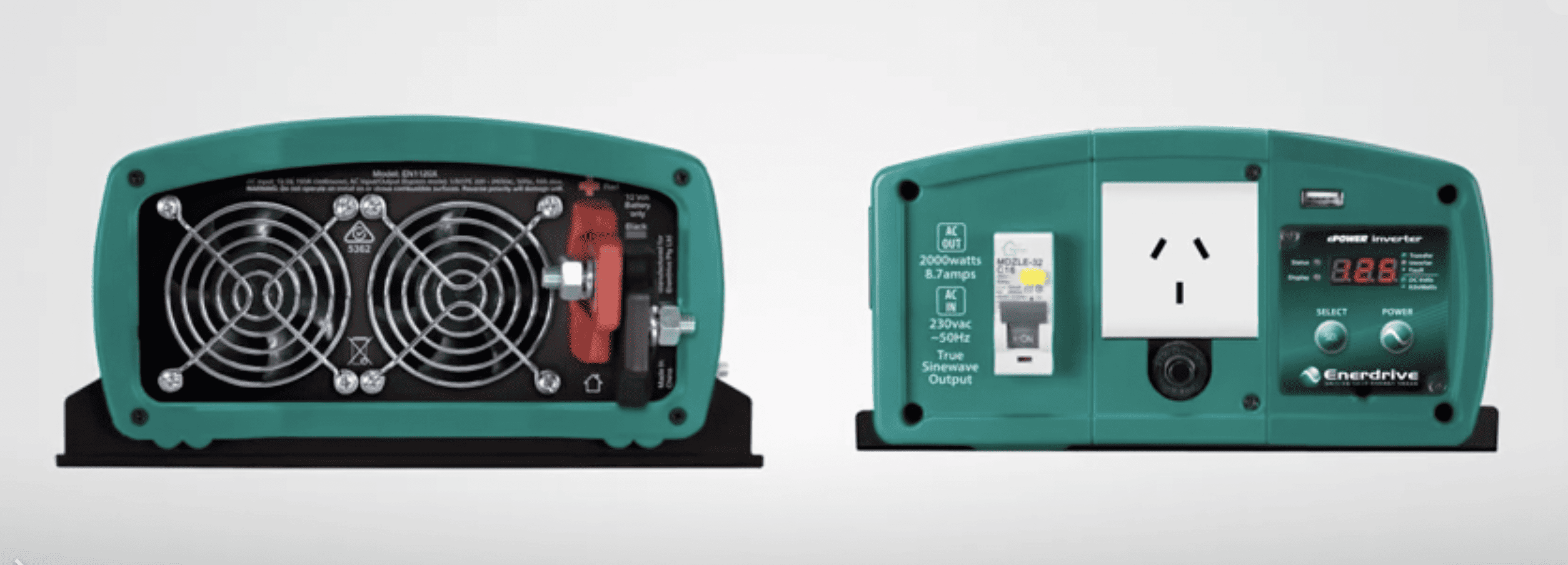Complete Beginners Guide to 12v to 240v Inverter
Updated on: July 2025
Are you looking for a way to convert 12v DC power into 240v AC power? If so, then a 12v to 240v power inverter may be what you need. Power inverters can take the 12v power from your car battery or other sources and turn it into useful 240V AC power. But how does this device actually work? Let’s take a look.
The Basics of an Inverter
An inverter is an electronic device that converts direct current (DC) power into alternating current (AC) power. This enables the user to use DC batteries in locations where AC power is not available or convenient. It also allows users to safely transfer DC-powered devices from one location to another without worrying about compatibility issues due to different voltage levels.
For an inverter to function correctly, it must be connected to a DC power source, such as a car battery, solar panels, or another renewable energy source. The output of the inverter will depend on the device being used; some models can provide both 120V and 240V AC power outputs, depending on the application’s needs.
Once connected, the inverter will use its internal circuitry and components – such as transistors, diodes, and transformers -to convert the incoming DC voltage into usable AC voltage. The exact process may vary slightly depending on the type of inverter being used; however, all models work similarly by converting direct current into alternating current through a combination of electrical components and circuits.

What is a 12V to 240V Inverter?
A 12V to 240V inverter is a device that converts direct current (DC) from batteries into alternating current (AC). Alternating current is the type of electricity that most household appliances require. As the name implies, the inverter takes in 12 volts of DC power and outputs 240 volts of AC power. You can use your car battery or other DC source to power your household appliances.
How Does a 12V To 240V Inverter Work?
Converting DC into AC starts with an oscillator circuit, which produces an alternating square wave signal with no AC voltage associated with it. This signal is sent through a switching circuit, which switches between positive and negative voltages at different intervals to create the alternating current needed for powering appliances. Finally, the output power from this switching circuit passes through a transformer, which steps up the voltage from 12V to 240V so your household appliances and battery charger can use it.
In addition to these components, most 12v to 240v inverters also feature built-in safety mechanisms such as overload protection and thermal protection to prevent damage due to excessive loads or overheating.
Pure Sine Wave vs Modified Sine Wave
Another factor when choosing an inverter is whether you need a pure sine wave or a modified sine wave inverter. Pure sine wave inverters produce a cleaner, more accurate voltage output, which is necessary for sensitive electronics such as computers and medical equipment. On the other hand, modified sine wave inverters are cheaper and less efficient but are adequate for powering lights and some small appliances.

Advantages of Pure Sine Wave Inverters
A Pure sine wave inverter has several advantages over other types of inverters, including improved efficiency, superior performance, and better compatibility with sensitive electronic devices. Pure sine inverters provide clean output suitable for powering delicate devices like computers, TVs, audio equipment and medical equipment without any interference or distortion. Additionally, they are quieter than other inverters since they don’t generate as much noise during operation. Finally, they offer excellent protection against voltage spikes and surges, which can damage sensitive electronics if not correctly protected.
Advantages of Modified Sine Wave Inverters
Despite its choppy output signal, there are still many advantages to using a modified sine wave inverter over other power converters. One significant advantage is cost. Modified sine wave converters are generally cheaper than their true sine wave counterparts, making them more accessible for those on a budget. They also tend to be smaller than other types of power converters and require less maintenance overall, making them ideal for camping trips and other outdoor activities where portability is key. Finally, they are more efficient than other converters, meaning they can help you save money on energy costs over time.
Inverter Safety Features
Most modern inverters come equipped with safety features that help protect your devices from potential damage due to overloads or power surges. These features include overload protection and reverse polarity protection, both of which can help keep your devices safe in case of any unexpected power spikes or voltage drop. Some models also feature thermal protection, which shuts off the device if it overheats due to excessive use or other factors.
Power Rating
The most important thing to consider when choosing a 12v to 240v inverter is its power rating, which is measured in watts. The inverter’s wattage should be greater than or equal to the total wattage of all appliances connected to it. If the wattage is too low, it won’t handle all the appliances connected to it and could overheat or even cause a fire due to an overload. Make sure the peak power meets your needs.
Efficiency
Inverters are inefficient; they lose some energy in the conversion process from DC to AC power. So, look for an inverter with higher efficiency ratings so you don’t waste energy in the conversion process. Higher efficiency ratings also mean that your inverter runs cooler, meaning it doesn’t have to work as hard and won’t need as much cooling ventilation space around it.

